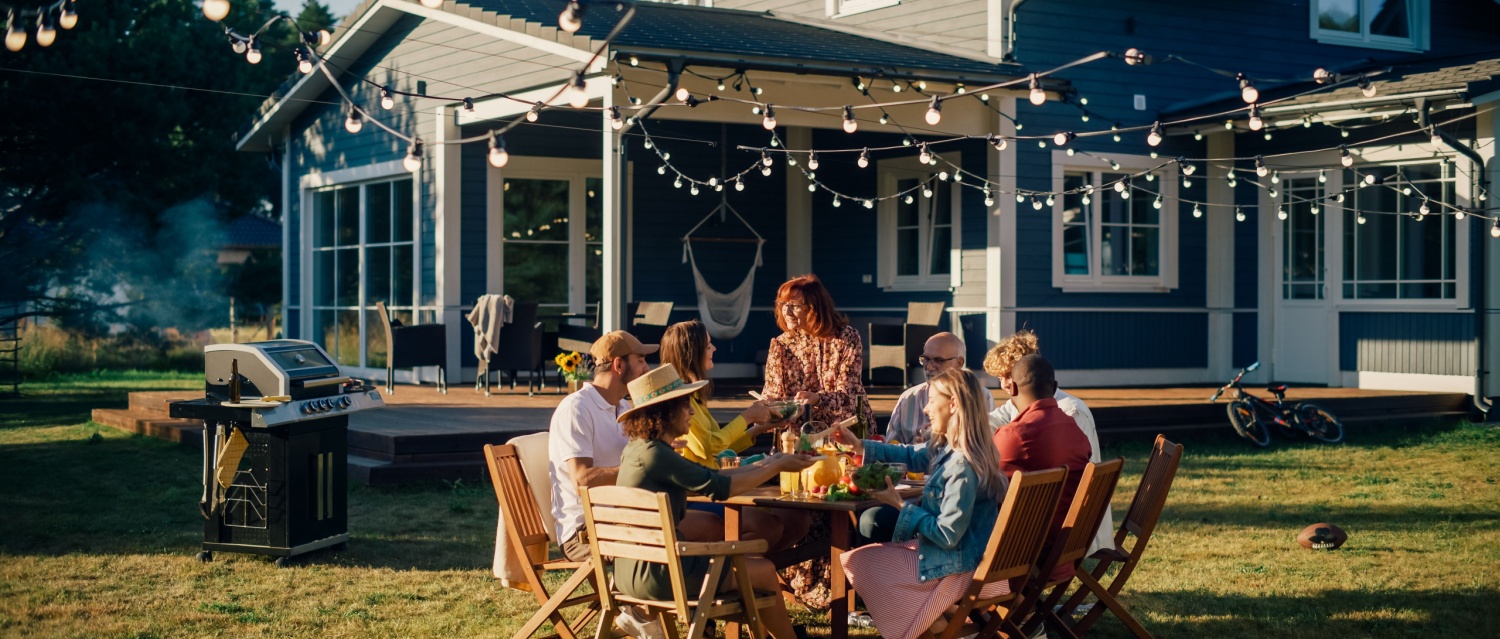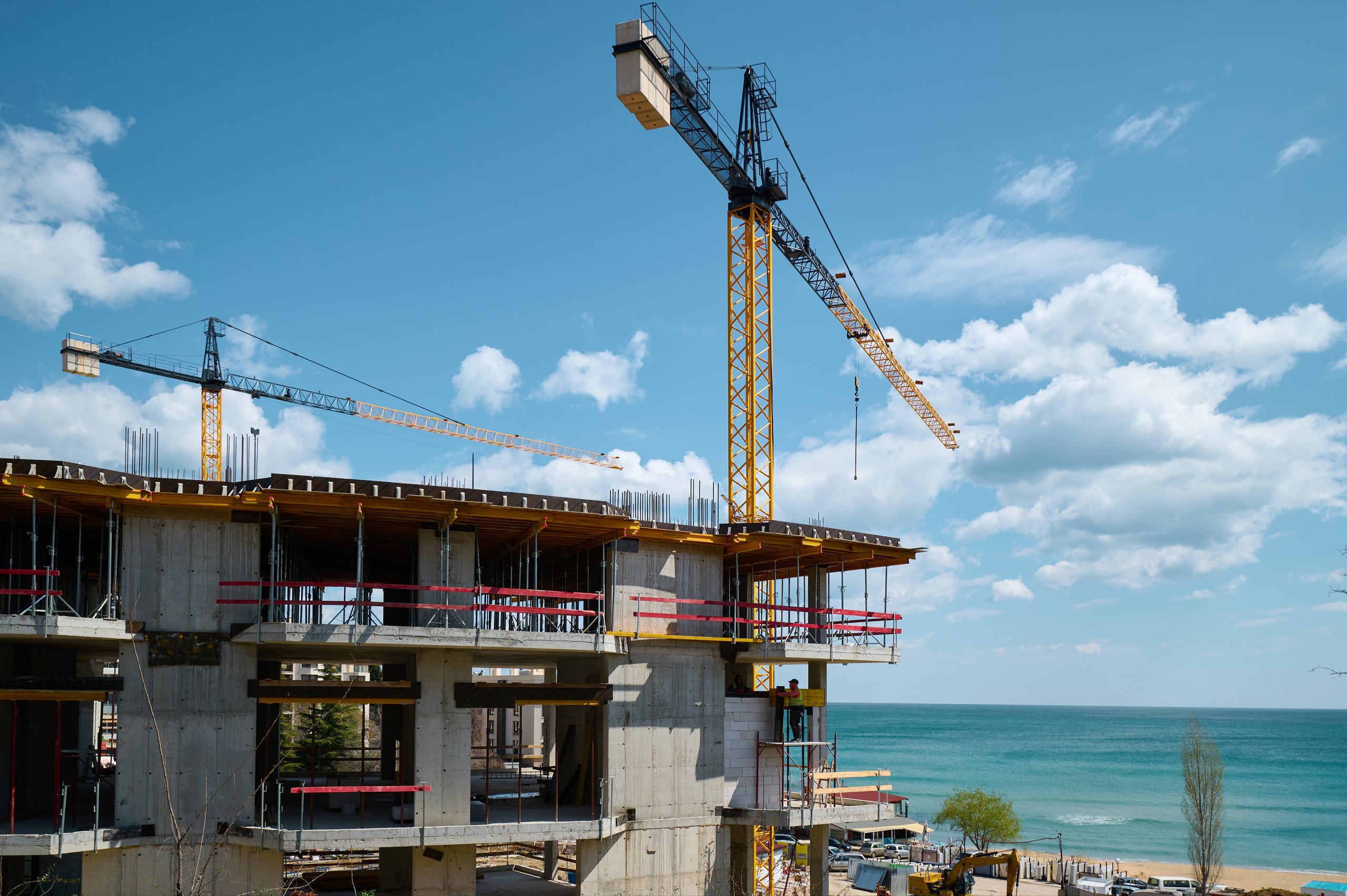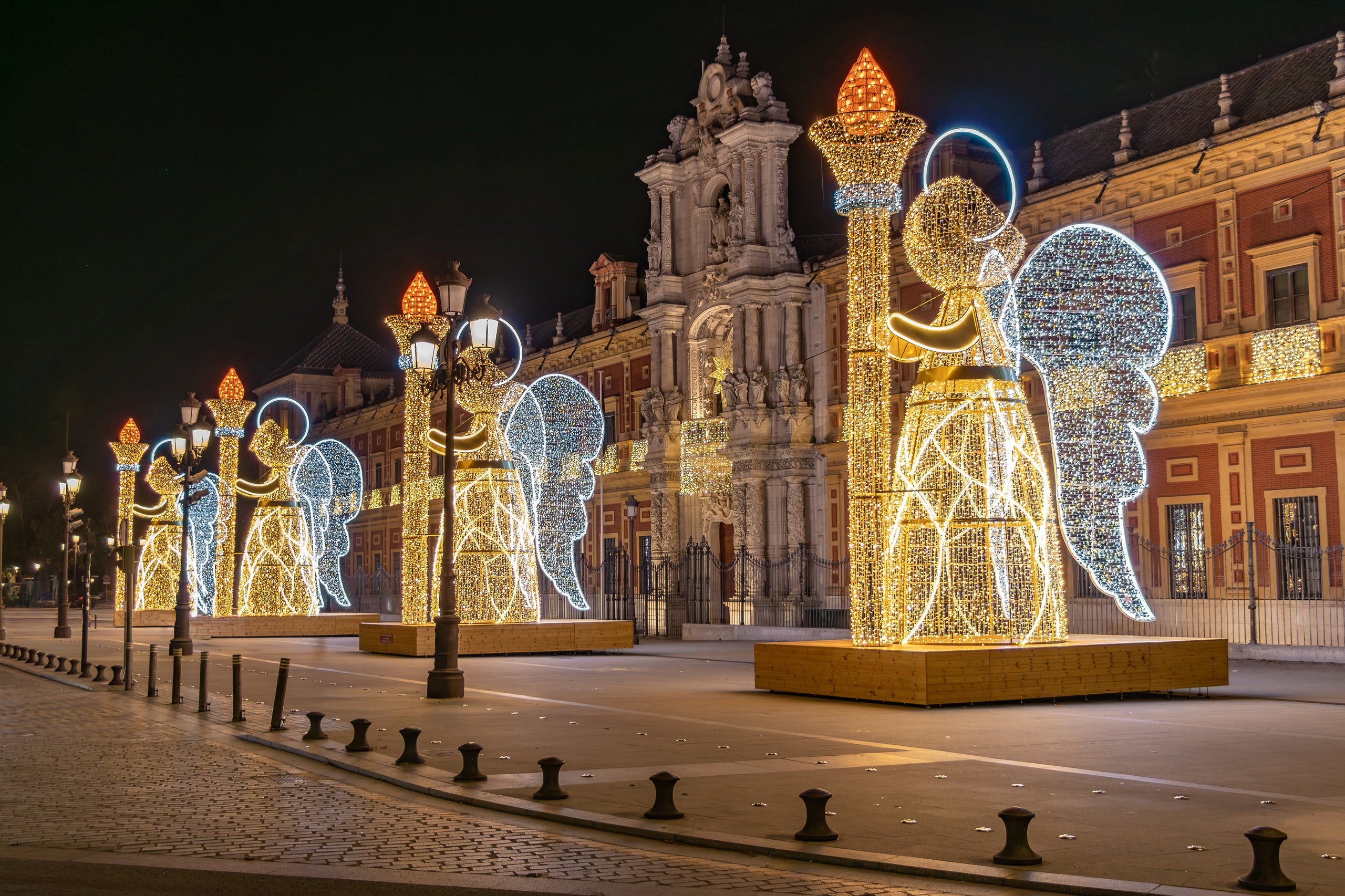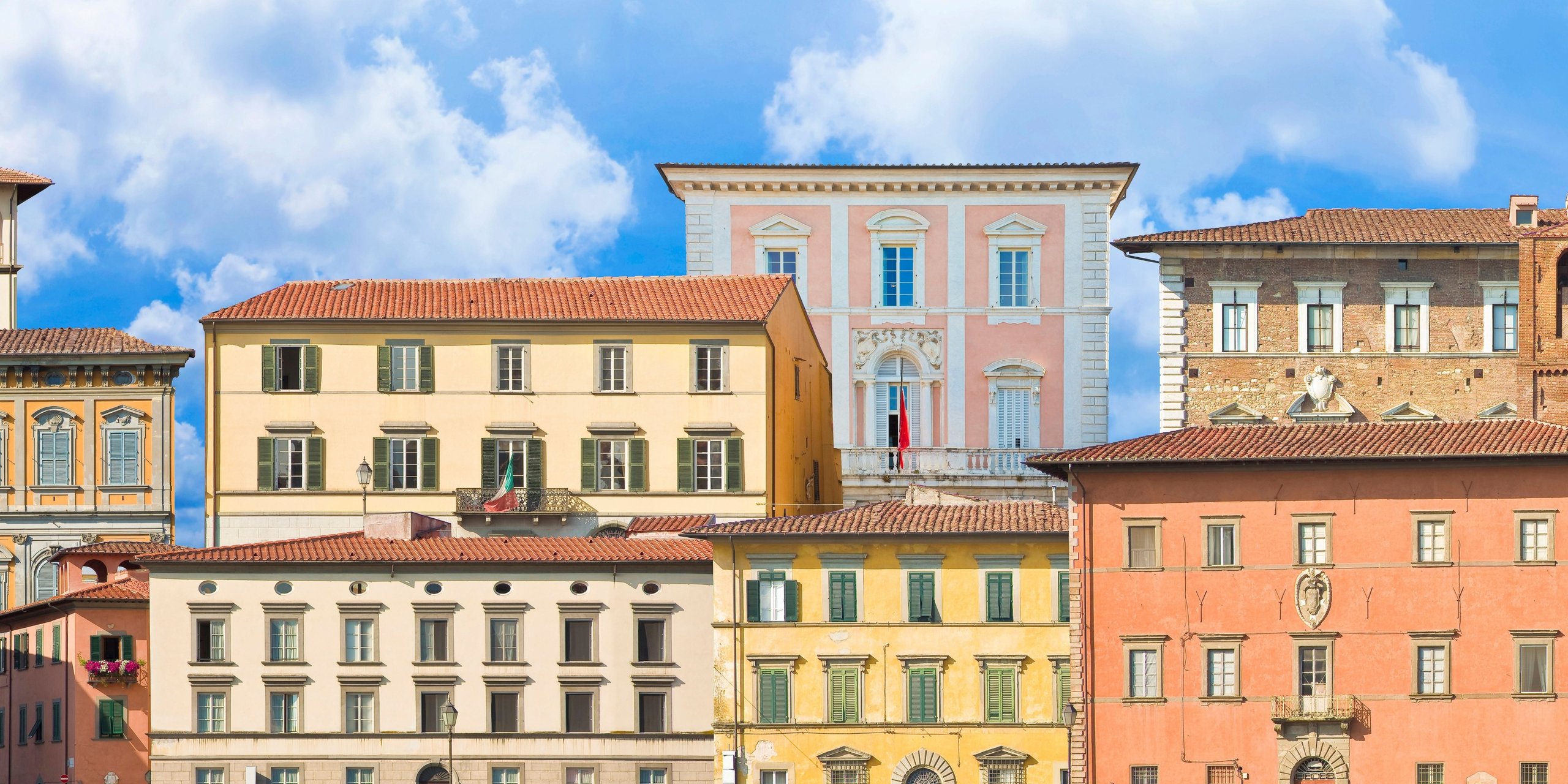Italy’s property market offers a mix of historic charm, countryside escapes and modern design. Here’s how to navigate the types of homes available, from rustic farmhouses to sleek new builds.
With more than two millennia of architectural history and a landscape that ranges from alpine peaks to Mediterranean beaches, Italy offers a remarkable array of property styles.
Download the Italy Buying Guide
Whether you’re hunting for a hillside farmhouse, a city-centre apartment or a lakeside villa, understanding the different types of properties in Italy can help you find a home that suits both your lifestyle and your budget.
Apartments vs houses
Italian cities, towns and villages are rich in residential diversity. One of the first decisions you’ll need to make is whether an apartment or house fits your needs best.
Apartments
Known locally as appartamenti, apartments are especially common in urban settings. They range from compact one-room studios to expansive multi-bedroom homes. Many are located in historic buildings, where period details like high ceilings, arched doorways and terrazzo floors are often paired with modern interiors.

Apartments are usually part of a condominio (shared building), so expect to contribute to communal maintenance costs such as cleaning, garden upkeep or lift servicing.
Houses
Houses offer more space and privacy, particularly outside city centres. Options include:
Farmhouses (case di campagna) – Stone-built rural homes with traditional features such as terracotta flooring, wooden beams and large fireplaces.
Townhouses (case di città) – Multi-level homes in towns and villages, often with balconies or roof terraces, giving you a balance between space and central location.
Villas and Liberty-style homes – Often found near lakes or in historic suburbs, these are grand detached properties built in the art nouveau tradition.
Chateaux and castelli – Large period homes or former fortresses, steeped in history and sometimes converted into private residences or B&Bs.
Rural vs urban properties
Your choice of setting is as important as the property itself. Italian homes vary dramatically between countryside and city locations.
Rural homes
Rural properties provide space, seclusion and natural beauty. Think restored farmhouses surrounded by olive groves, or stone cottages nestled in the hills of Le Marche or Abruzzo. These homes often require more maintenance and may be located far from services, so check travel times to the nearest town, school or hospital.

Rustic features like vaulted ceilings, exposed stonework and wood-burning stoves are common. Large outdoor areas may include land suitable for farming, gardening or even running a hospitality business.
Urban homes
If you value easy access to shops, restaurants and cultural life, an urban property may be better suited. Whether it’s a chic apartment in Milan or a townhouse in Lucca, urban homes offer proximity to amenities and public transport. These homes often have smaller footprints but may include private courtyards, terraces or rooftop spaces.
New builds vs historic homes
Italy is known for its heritage properties, but the market for newly built homes is growing. Here’s how they compare.
Historic homes
From centuries-old farmhouses to baroque palazzos, historic homes are brimming with character. Expect thick stone walls, antique tiles and features like external staircases and arched windows. However, buying one comes with responsibilities. Restoration can be costly and time-consuming, and you’ll need to meet strict heritage and building codes—especially in protected areas.
If you’re tempted by ultra-low priced homes, such as the famous €1 houses in Sicily, tread carefully. Many require substantial renovation and carry legal and logistical complexities.
New builds
New builds in Italy aim to blend contemporary living with regional architectural styles. They often feature open-plan layouts, large windows, and energy-efficient systems. Modern apartments or villas are typically designed to maximise light and indoor-outdoor living—ideal for sunny regions like Puglia or Sardinia.
New builds are usually sold freehold, giving you proportional ownership of communal areas. They’re most commonly found near growing towns, coastal areas and lakeside developments, but rural options do exist—though demand can be high.
Tips for buying an off-plan home in Italy
Buying off-plan (before construction is completed) can be cost-effective and offer customisation options. But it’s crucial to do your due diligence.
Check the developer’s track record: Research previous projects and completion rates.
Understand the contract: Be clear on timelines, what’s included, and penalties for delays.
Scrutinise the plans: Review layouts, dimensions and materials to avoid surprises.
Get legal advice: Always appoint an independent property lawyer to review documents and protect your interests.
New builds are often released in phases. Early buyers get the first pick, while developers may offer discounts on unsold units later on. Either way, being well-informed will help you secure the best deal.
Top tip: Don’t be swayed by looks alone. Think long term. Will the property suit your lifestyle all year round? Is the layout practical? Can it be easily rented out or maintained in your absence?
Property types in Italy: Pros and cons
| Property Type | Pros | Cons |
|---|---|---|
| Apartment | – Central locations – Lower maintenance – Often in historic buildings | – Shared communal areas – Limited outdoor space – Monthly service fees |
| Townhouse | – More space than apartments – Usually centrally located – Private entrances | – Less privacy than detached homes – May require internal renovation |
| Farmhouse (Rustico) | – Large plots of land – Traditional features – Ideal for countryside living | – May be remote – Often need renovation – Access to amenities can be limited |
| Villa (New or Liberty-style) | – Spacious layouts – Gardens or outdoor space – Suitable for families or rentals | – Higher purchase price – Maintenance costs can be significant |
| Historic home | – Full of character and charm – Great for heritage lovers – Potential tourism use | – Can be expensive to maintain – Restrictive planning regulations – May lack modern comforts |
| New build | – Modern design – Energy efficient – Minimal renovation needed | – Limited supply in rural areas – Less character – Still under construction (if off-plan) |









